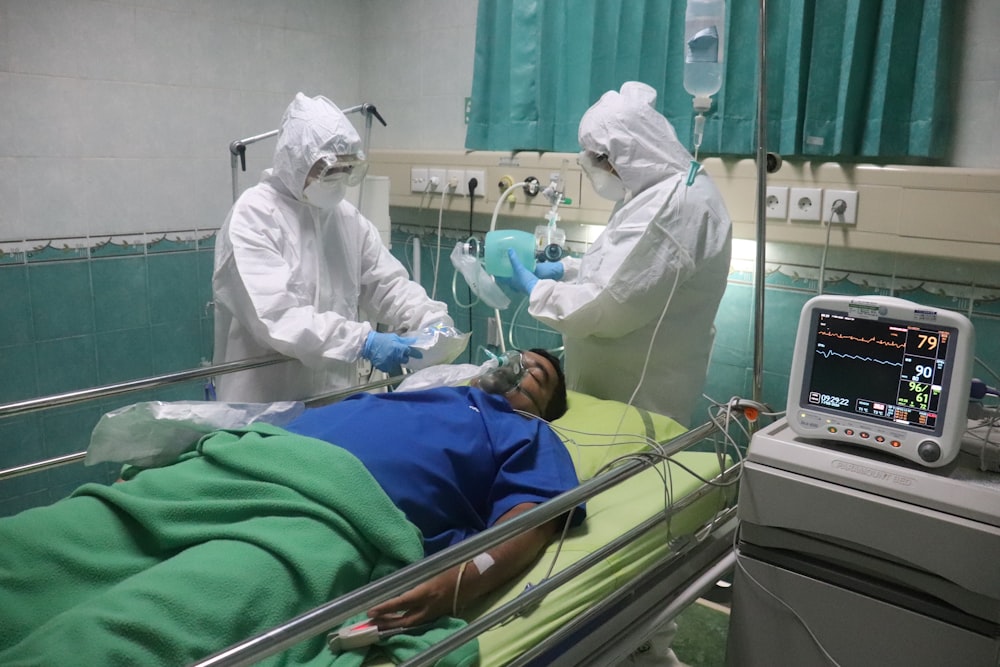目次
座位練習は意識障害の改善に有効なのか?
外傷性脳損傷後や脳卒中後には意識障害を合併する症例が少なくありません.
意識障害を合併した症例に対する理学療法・作業療法って難しいですよね?
意識障害があるために臥床のままで廃用症候群予防に努めるなんてケースもけっこうあると思います.
今回は座位練習をはじめとする離床が意識障害の改善に有効なのかどうかを考えるうえで参考になる論文をご紹介させていただきます.

今回ご紹介する論文
Journal of the Intensive Care Society
First published online June 4, 2020
The effect of sitting position on consciousness levels and pupillary light reflex
Masachika Niimi
今回ご紹介する論文は2020年に掲載された論文です.
研究の目的
Critically ill patients are currently mobilized whilst still intubated in the intensive care unit (ICU) because of its preventive effect against muscle weakness1 and delirium.2 Only a few studies have reported on the effect of early mobilization on consciousness levels.3
Some studies have recently demonstrated that the measurement of quantitative pupillary light reflex (PLR) is useful for predicting neurological outcome in comatose patients.4 Other studies have shown that some parameters associated with PLR reflect mental and cognitive activity.5 The primary purpose of this study was to investigate the effects of sitting position on parameters of PLR.
集中治療室(ICU)では筋力低下やせん妄の予防効果があることから重症患者を挿管したまま離床するリハビリテーションが実施されております.
最近,定量的な瞳孔光反射(PLR)の測定が昏睡状態の患者の神経学的転帰の予測に有用であることを示した研究があります.
また瞳孔光反射に関連するいくつかのパラメータが精神および認知活動を反映することを示した研究もあります.
この研究では瞳孔光反射のパラメータに対する座位の影響を調べることを目的としております.
研究の方法
Between May and December 2018, 20 critically ill patients aged 20 or above, undergoing mechanical ventilation in the ICU at The Jikei University Kashiwa Hospital, were selected as participants. Patients who had vision abnormalities before admission were excluded. Patients who had a history of drug abuse that affected their autonomic nervous system were also excluded from the analysis. Glasgow coma scale (GCS) scores were evaluated and quantitative PLR was measured by automated pupillometry (NPi-200) in participants by physiotherapists. Participants had been supine for more than 1 h before measurements. Therefore, measurements were conducted first in supine and subsequently within 1 min after sitting. Otherwise, it was so difficult to unify the time to keep sitting, because the time to be able to keep sitting varies from patient to patient. Evaluators were blinded to the purpose of this study and clinical information about the participants in order to reduce bias. The evaluators were not involved in analysing and recording the data.
To reveal whether the neurophysiological effect of sitting position is specific to ICU patients, we measured quantitative PLR in 20 healthy persons with no previous medical history at Kimura Hospital. The measurement in healthy subjects was conducted in light and dark conditions. The study was approved by the ethics committees of The Jikei University School of Medicine and Kimura Hospital. The patients’ informed consent to participate was obtained through an opt-out methodology. Written informed consent was obtained from healthy subjects.
2018年5月から12月にかけて,東京慈恵会医科大学附属柏病院のICUで機械換気を受けている20歳以上の重症患者20例を対象としております.
入院前に視力異常があった症例は対象から除外しております.
また自律神経系に影響を与える薬物乱用歴のある患者も解析から除外しております.
GCSスコアの評価と,理学療法士による対象者の自動瞳孔計(NPi-200)による瞳孔光反射の測定を行っております.
対照は測定前に1時間以上仰臥位としております.
測定はまず仰臥位で行い,その後座位で1分以内に行っております.
これは座位保持が可能になるまでの時間は症例によって異なるため,統一することが困難であったためです.
評価者はバイアスを減らすために,この研究の目的および参加者の臨床情報について盲検化されております.
評価者はデータの解析や記録には関与しておりません.
座位による神経生理学的影響がICU患者に特有のものかどうかを明らかにするために,既往歴のない健常者20例を対象に定量的瞳孔光反射を測定しております.
健常者の測定は明暗条件下で実施しております.
研究の結果
The mean age of the patients was 65.5 ± 15.6 years; 14 patients were male and 6 patients were female. Admission diagnoses were medical in 12, surgical in 4, and neurosurgical in 4 patients. The period between ICU admission and evaluation was 12.0 ± 14.6 days. The mean age of the healthy subjects was 35.0 ± 8.7 years; 11 were male and 9 were female. The total GCS score was significantly higher for the sitting position than the supine position (10.5 (9.00–11.0), 9.0 (7.25–11.0), p = 0.002). The pupillary constriction rate mean was significantly higher for the sitting position than for the supine position in patients (22.4 ± 9.1, 19.4 ± 9.3, p = 0.010) and healthy persons (under light condition; 27.6 ± 5.0, 24.8 ± 4.2, p = 0.001, under dark condition; 40.0 ± 4.0, 38.5 ± 4.8, p = 0.027). There was a significant correlation between the total score of GCS score and the mean of pupillary constriction rate, both in the supine (rs = 0.693, p = 0.001) and sitting positions (rs = 0.564, p = 0.010).
対象者の平均年齢は65.5±15.6歳で,14例が男性,6例が女性でありました.
入院時の診断は内科系12例,外科系4例,脳神経外科系4例でありました.
ICU入室から評価までの期間は12.0±14.6日でありました.
健常者の平均年齢は35.0±8.7歳で,男性11例,女性9例でありました.
GCS総スコアは座位が仰臥位より有意に高い結果でありました(10.5 (9.00-11.0), 9.0 (7.25-11.0), p = 0.002 ).
瞳孔収縮率の平均値は対象者(22.4 ± 9.1, 19.4 ± 9.3, p = 0.010)および健常者(明所:27.6 ± 5.0, 24.8 ± 4.2, p = 0.001, 暗所: 40.0 ± 4.0, 38.5 ± 4.8, p = 0.027 )において仰臥位に比較して座位に有意差を示しております.
GCSスコアの合計点と瞳孔収縮率の平均値との間には,仰臥位(rs = 0.693, p = 0.001)、座位(rs = 0.564, p = 0.010)ともに有意な相関がみられました.
研究の考察
Our findings suggest that pupillary constriction rate in critically ill patients could be increased if they are seated. Furthermore, measuring the constriction rate of a patient’s pupils might be useful for monitoring their consciousness levels, especially when GCS cannot detect change of consciousness levels, for example, when GCS score is 3.
この結果は重症患者の瞳孔収縮率は,座位であれば増加する可能性があることを示唆しております.
さらに瞳孔収縮率の測定は,特にGCSが3点の場合など,GCSでは意識レベルの変化を検出できない場合に症例の意識レベルのモニタリングに有用である可能性があります.
今回は座位練習をはじめとする離床が意識障害の改善に有効なのかどうかを考えるうえで参考になる論文をご紹介させていただきました.
今回の結果から考えると意識障害がある対象者であっても積極的に座位練習を実施することで意識障害の改善につながる可能性がありますね.






